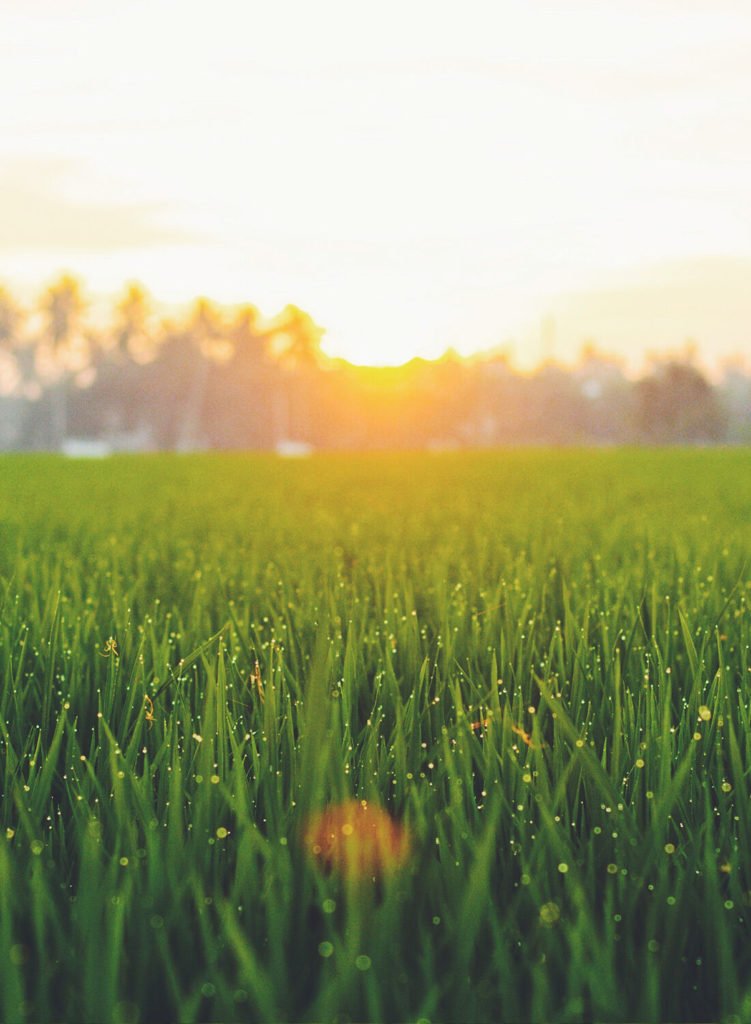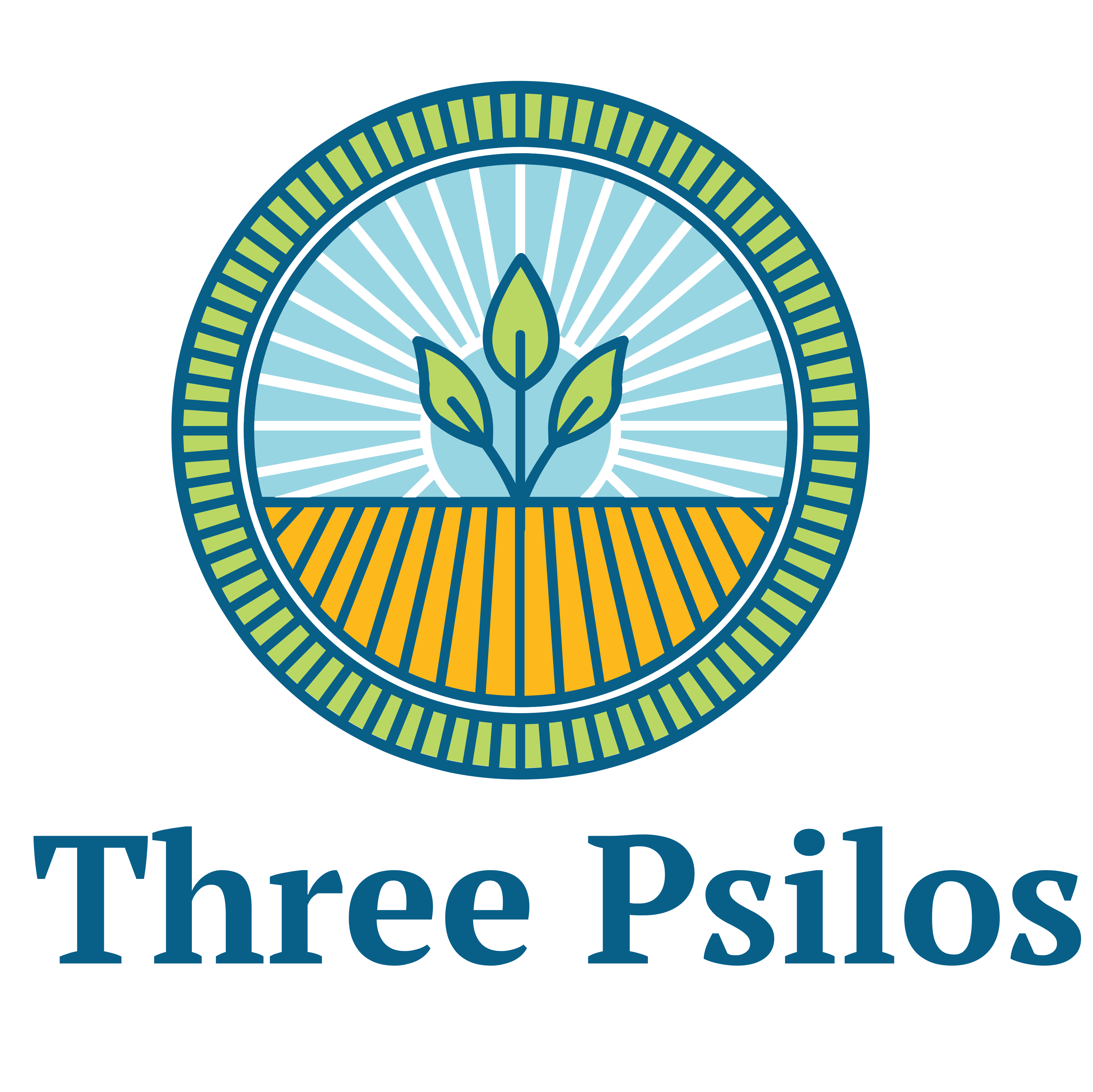Whether you have non-native invasive species, or endangered endemic species, a lawnmower makes either situation worse.
Fit to be Mown
Grass was not created to be razed by machines. Perhaps by animals, but certainly not by machines. Grass has lived on this Earth without lawnmowers for exactly as long as grass has been around, minus approximately one human lifespan.
Somehow, in the middle of the last century, it was decided by American social media (then called television) that a yard must be some sort of non-native turf grass, and that this turf is to be shorn regularly. If not perfectly trimmed, the unkempt yard’s owners must surely be criminals.
One could compare a society’s residential landscaping to its hairstyles. A residential yard made up of irregular grasses is certainly to be judged just as harshly as a mid-century American without a crew-cut or bee-hive hairstyle. People are, however, “groovin up slowly” and starting to realize there is more to residential life than a uniformly green lawns.
Lawnmowers Make Everything Worse
If a yard has endangered endemics, the trusty lawnmower cleanly removes any chance at reproduction for those species. Native perennial grasses can not reseed themselves, since they don’t have a chance to grow their own flowers. Native shrubs cannot reach maturity, since they continually grow and are cut back. Pollen sources for bees and butterflies cannot exist, since no species will be allowed to flower that requires more than a couple inches of height.
In the case of non-native invasives, the lawnmower can quickly cover up the infestation having given it a clean-looking haircut. Meanwhile, the invasive continues slowly spreading underground, potentially displacing everything else. It writes off its lost blade tops, and continues to focus most of its energies on root development. Cogongrass is one such invasive, non-native.
As another example, consider Saint Augustine grass, used throughout Florida as a “native” turflawn. It is considered “native” because it was originally found growing in the Florida panhandle. St Augustine, however, will eventually succumb to death by fungus throughout Central Florida’s residential yards. The fungus is simply trying to remove the non-native grass for you. But this means a St. Augustine grass turflawn will need to be completely replaced within five to ten years. It costs thousands of dollars to replace a yard with expensive sod. Many HOAs will actually require specific turflawn species to be used on your site, or they will add fines. This is not very American; HOAs have it wrong on this one.
Scrap the Lawnmower
It is time for true Floridians to stop using lawnmowers. Its time to restore your yard with the correct ecology for your county. Choose from hundreds of natives that can suit your needs. This will create a yard with plants that will live happily together, and without extra watering, feeding, cutting, weeding, sod, fungicides, herbicides, and insecticides.
Yes, you will need to go through a culture shock as you consider a yard with something other than short green fake looking grass. Yes, there will be bare patches of sand, but these are important to animals below the surface. Yes, you might have cacti or other thorned specimens in Central Florida. One of the most beautiful and rare endangered endemics in Florida is the Scrub Plum (Prunus geniculata) which has many thorns.
Over time, you can include different flowering species, which bloom at different times throughout the calendar year. You can also include Larval Host Plants in your yard to attract any one of Florida’s butterflies. You can even add a small pond to attract a multitude of Dragonflies.
In the end, your Florida Native yard may not look like the yard from a 1960’s sitcom, but it will be a lot less work, and will lead to a lot more nature, and thus more beauty, for you.
Keep the Lawn Mower
Ok, so you already have a lawn mower, and you hate to lose all that money from its purchase by trying to sell it used. We understand. The good news is, there are still many uses for that lawn mower.
It can still act as a miniature brush chopper that can clear walking trails and fence lines. This saves money hiring someone to do this for you. And there are worse ways to cut a trail, especially if one starts with the cutting height set very high. It may not handle anything but grasses and shrubs, but if used regularly, it can stay on top of stray Saw Palmetto as well as all of the oaks of the Lake Wales Ridge. This is everything one needs for a walking trail.
Further, a lawn mower can be very helpful as a means to replace prescribed burns for an area of native grasses. It might be that mowing Wiregrass will be enough to force it into flowering, in place of a regular burn. In this case your mower is still well worth the investment compared to organizing fires across your front yard.
Then again, you may very much want to burn your native grassy areas. In which case the mower is again useful in multiple ways. First, it can clear-cut a firebreak around the area of intended burn. Second, it can chop the grass in the area to be burned to allow it to dry and brown and become flammable. The list of uses for the mower is quite long. One could even use the mower to generate electricity, or operate a go-kart, or pump water in the event of a flood.
Finally, a mower is still very useful in the event you maintain a small percentage of a turf lawn in the midst of a larger area of native grasses. This might be an area designed for normal yard use, nearer a house. This is also very useful for yard games. And especially useful for pets. Assuming the more invasive sod grass does not overtake your native installation, it can bring a nice balance when installing natives in a residential area.
There are always problems and always solutions. Perhaps a heavy riding mower might crush young Gopher Tortoises, whereas a push-behind is lighter and less likely to cause harm. Of course, rotating blades are always a risk to Gopher Tortoises or young Quail.
Think of the overall ecology as you design the world you want. That’s what we try to do.
We Can Help
Hire Three Psilos, Inc. to help you restore the correct Florida Ecology in your yard, lot, or land anywhere throughout Central Florida’s ridges. Start with our affordable Site Ecology Recommendation where our ecologist, who specializes in Florida’s xeric upland sandhill and scrub communities, can offer a recommendation for you to support a certain species, or overall ecology, in your residential yard.
Say “goodbye” to pushing around a lawnmower. With Three Psilos, Inc., you can finally have the world you’ve always wanted.

Site Ecology Recommendation
Three Psilos, Inc. has a mission to restore Central Florida’s xeric upland Sandhill and Scrub communities on the Lake Wales Ridge, and on all the ridges… one day at a time.
We use “Applied Ecology” to help heal the land by introducing, removing, or managing certain species in effort to gain even more of our desired endemic species. If you live on or around the Lake Wales Ridge, or…
